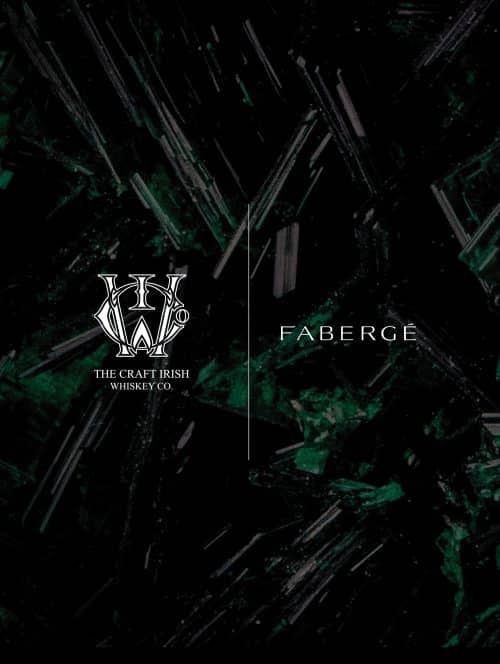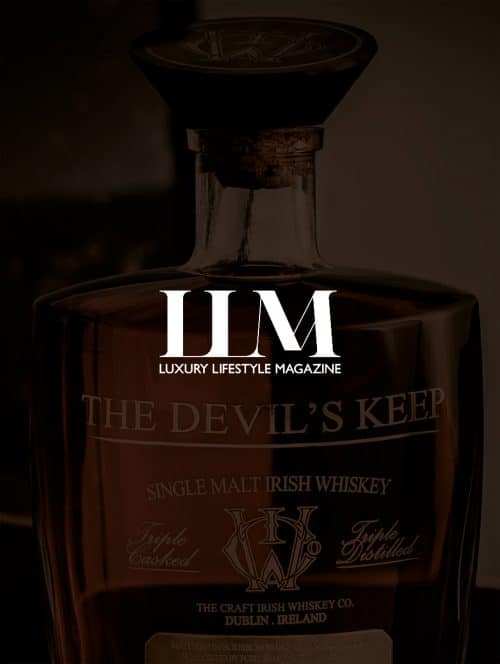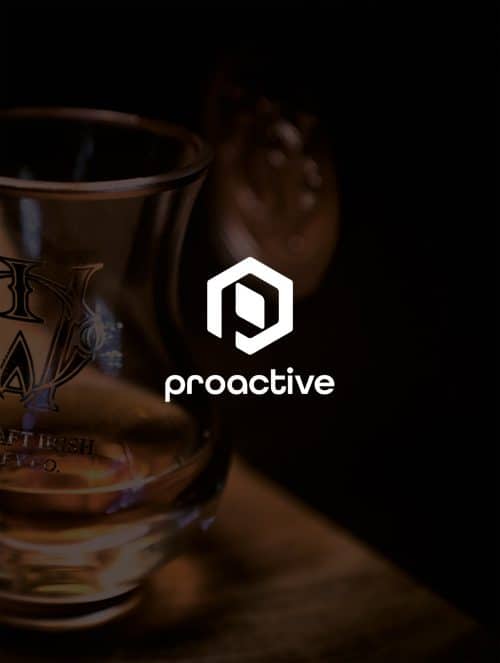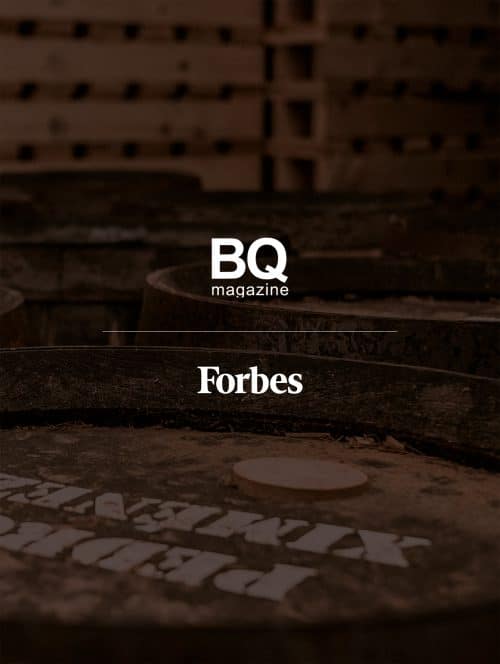Here’s how to make sure your glass of choice enhances the next drink you pour.
by Brad Japhe, Forbes Writer
Americans are consuming more super-premium spirits than ever before. According to data from the Distilled Spirits Council of the United States, higher end bottlings accounted for nearly 82% of the industry’s revenue increase between 2020 and 2021. With drinkers willing to spend more on everything from tequila to Tennessee whiskey in exchange for a superior sipping experience, proper glassware is a must-have. If you’re looking to level up your tipple tasting, look no further.
“The shape of the glass is vitally important to the experience of breathing in and tasting a spirit,” explains Dave Smith, head distiller and blender at St. George Spirits in Alameda, California. “I draw an analogy to light shining through a prism: If we describe a spirit as a beam of light, then our glass is the prism that refracts that light into a spectrum of wavelengths that are visible. In this case, the shape of the glass has that same ability to create a spectrum of lovely aromas, or instead overly focus the alcohol and wipe out the best and most nuanced characteristics present.”
The difference between success and failure is a result of careful consideration for the particular style of liquor you’re pouring. And modern glassmakers have leaned into specialization with category-specific offerings. Among the most ubiquitous examples is the Glencairn whisky glass, first introduced in 2001. Scotch master blenders helped conceive its now-iconic design with a bulbous base curving inward towards thin lips to concentrate subtleties of scent. In practice, the squatty, pear-shaped vessel works well with most barrel-aged spirits, and sells for about $8 per unit on Amazon.
Not to be outdone, the Irish eventually unveiled an alternative, purpose-built for their island’s native whiskey. The Tuath (pronounced ‘two-ah’) hit the market in 2017 and echoes the Glencairn’s basic ovoid body, but with several key points of separation: it stands atop a truncated stem as opposed to a knob, the tube is slightly elongated, and its lips actually flare outward — all in service of diminishing the impact of ethanol vapors, which drinkers frequently describe as an unwanted burning sensation.
But for Jay Bradley, founder and CEO of The Craft Irish Whiskey Co., the tuath didn’t go far enough. “Up to 80% of the flavors we perceive come from the nose,” he explains. “All the beautiful vanillas, caramels and phenolic compounds of a great whiskey can be disguised or pushed aside by ethanol. To design the perfect whiskey glass, we conducted nearly two years worth of scientific research to figure out how to remove as much of that burn as possible.”
The result was the Érimón, which features a conical shaped depression at the bottom of its bulb. When swirling the glass, this point creates a vortex that spins ethanol molecules down and out to the sides. This functionality is further enhanced by its build of soda lime as opposed to more traditional borosilicate or crystal. Bradley claims this material is more effective at absorbing those pungent, unpleasant particles.
Another notable entry in the spirits glassware game these days is Riedel. The Austrian manufacturer known more for their work in wine now sells tumblers purpose-built for the botanical aromatics of gin and tonics. Its thin and gracefultequila tulips facilitate the smooth flow of liquid onto the tongue, which purportedly restrains the acidity of agave spirit and improves overall mouthfeel. Meanwhile, Norlan is making waves in the space by brandishing angular, Nordic-inspired numbers customized by whether you want to enjoy your spirit neat, on the rocks, or in highball form.
Yet for some, the aesthetic value of these vessels might just be the most important function of all. “The first bite is always with the eyes,” says Ali Reynolds, whisky ambassador for Johnnie Walker Scotch. “The shape of glass does one thing well: build an experience. We should never be in the business of telling people how to enjoy their favorite or chosen libation.”
How any glass sits in the hand can (no pun intended) weigh heavily on how it is perceived on the palate; there’s certainly a tactile and even emotional experience to consider. “I particularly love Richard Brendon’s Diamond Cut range because the cut glass really showcases the facets of the spirit,” says Rebecca Jago, managing director of Last Drop Distillers. “As with anything else, spirit lovers like to choose a glass with as much care as [the drink] they are putting in it, and the reasons for doing so could be as emotionally motivated as they are practical. For example, I really enjoy the routine of washing and polishing a glass by hand with a linen cloth. It all adds to the ritual and enjoyment.”
In other words, glassware ultimately ought to be an extension of the ends you’re after. To wit, the hourglass-like Experience Neat glass has been a mainstay for spirits judging over the past decade, but they’re decidedly clunky for casual sipping at home. “I think it’s really important to distinguish between the two,” adds Jago. “I don’t know anyone who drinks their 6 o’clock dram from a Glencairn, or indeed any of the other ‘tasting’ glasses.”
Reynolds, for his part, is more likely to be sipping Talisker 12 out of an oyster shell at that time of evening. The combination of brine from the bivalve and maritime salinity from the malt make for more memorable of a medley than anything to be forged in the glass. But to each their own, he contends. “From opulent crystal to oyster shell — cheers to one and all!”
Read Original Article










